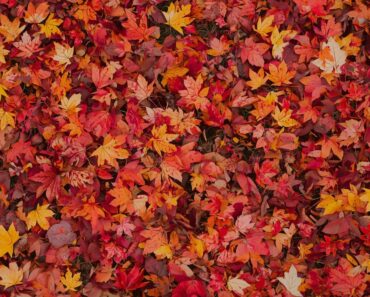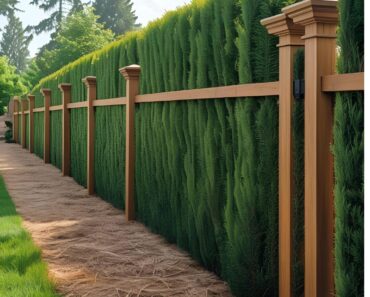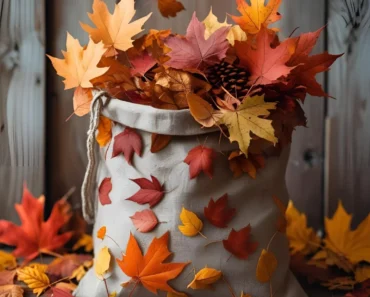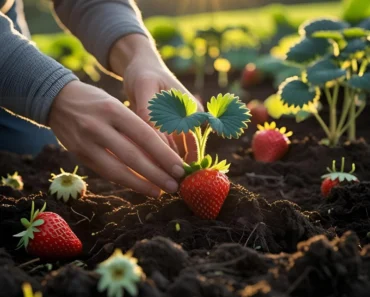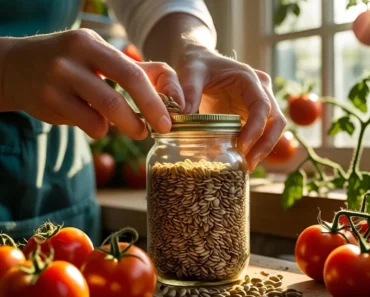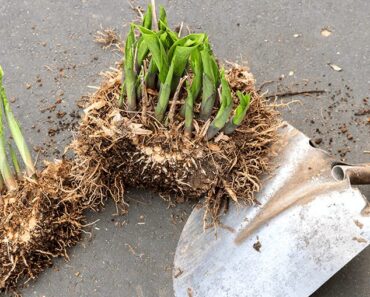Hummingbirds are among the most enchanting visitors to any garden, renowned for their vibrant colors and energetic flight. These tiny nectar feeders rely heavily on flowering plants as their primary food source, making thoughtful planting key to attracting and supporting them. Selecting the right annual and perennial flowers that provide abundant nectar and comfortable feeding structures can transform a garden into a hummingbird haven. This comprehensive 1500-word article explores the best annual and perennial flowers to plant that attract hummingbirds, detailing their qualities, growing needs, and benefits to both birds and gardeners alike.birdsandblooms+2
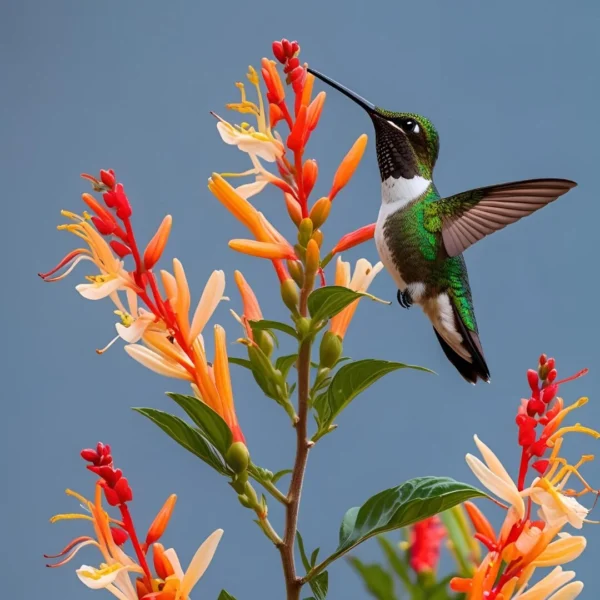
Why Plant Flowers for Hummingbirds?
Hummingbirds have adapted long, specialized bills and hovering flight to access nectar deep inside tubular flowers. Gardens rich in hummingbird-attracting flowers become vibrant wildlife hotspots, promoting pollination and biodiversity. For gardeners, enjoying the presence of hummingbirds offers both aesthetic pleasure and natural pest control, as these birds also consume small insects.
Characteristics of Flowers That Attract Hummingbirds
-
Shape: Tubular or trumpet-shaped flowers accommodate hummingbirds’ bills.
-
Color: Bright reds, oranges, pinks, and yellows are especially attractive.
-
Nectar: High nectar production with accessible rewards is essential.
-
Bloom Duration: Extended bloom periods ensure continuous feeding stations.
-
Fragrance: Usually minimal or absent (hummingbirds rely more on sight than smell).
Top Annual Flowers That Attract Hummingbirds
1. Zinnia (Zinnia elegans)
-
Why Hummingbirds Love It: Brightly colored, large composite flowers make nectar accessible.
-
Growing Conditions: Full sun, well-drained soil; drought tolerant once established.
-
Bloom Time: Mid to late summer through first frost.
2. Fuchsia (Fuchsia spp.)
-
Why Hummingbirds Love It: Pendulous, brightly colored flowers are nectar-rich.
-
Growing Conditions: Prefers part shade, moist soil.
-
Bloom Time: Summer through fall.
3. Salvia (Salvia spp.)
-
Why Hummingbirds Love It: Tubular deep-colored flowers provide abundant nectar.
-
Growing Conditions: Full sun, well-drained soil.
-
Bloom Time: Spring to frost.
4. Cuphea (Firecracker Plant)
-
Why Hummingbirds Love It: Small, tubular flowers resembling firecrackers ideal for feeding.
-
Growing Conditions: Full sun, heat tolerant.
-
Bloom Time: Summer to early fall.
5. Pentas (Egyptian Starcluster)
-
Why Hummingbirds Love It: Star-shaped clusters with vivid colors and plentiful nectar.
-
Growing Conditions: Full sun to part shade.
-
Bloom Time: Late spring to fall.
Top Perennial Flowers That Attract Hummingbirds
1. Bee Balm (Monarda didyma)
-
Why Hummingbirds Love It: Showy red, pink, or purple tubular flowers.
-
Growing Conditions: Full sun to part shade; moist, rich soil.
-
Bloom Time: Summer to early fall.
2. Columbine (Aquilegia spp.)
-
Why Hummingbirds Love It: Unique spurred flowers adapted to hummingbird pollination.
-
Growing Conditions: Partial shade to full sun.
-
Bloom Time: Spring to early summer.
3. Trumpet Creeper (Campsis radicans)
-
Why Hummingbirds Love It: Large orange trumpet-shaped flowers.
-
Growing Conditions: Full sun; vigorous climber.
-
Bloom Time: Summer.
4. Coral Bells (Heuchera spp.)
-
Why Hummingbirds Love It: Delicate flower spikes in varied colors.
-
Growing Conditions: Partial shade; adaptable soil.
-
Bloom Time: Late spring to summer.
5. Penstemon (Penstemon spp.)
-
Why Hummingbirds Love It: Narrow tubular flowers in various colors.
-
Growing Conditions: Full sun, well-drained.
-
Bloom Time: Spring and summer.
Tips for Creating a Hummingbird-Friendly Garden
-
Plant in Clusters: Group several plants of the same species together to create more visible nectar sources.
-
Provide Continuous Bloom: Select species with staggered bloom times to feed hummingbirds throughout the growing season.
-
Avoid Pesticides: Chemicals can harm hummingbirds and reduce insect prey.
-
Include Perches: Thin branches or garden structures offer resting spots.
-
Water Sources: Shallow birdbaths or misters attract birds and keep them hydrated.
-
Native Plants: Choose native hummingbird-attracting plants to support local ecosystems.
Conclusion
By incorporating both annuals like zinnias and salvias, and perennials such as bee balm and columbines, gardeners can curate a flowering landscape that delights hummingbirds. The combination of vibrant color, tubular flower shapes, and ample nectar supply ensures these feathered jewels continue to visit and thrive. Designing a garden with hummingbirds in mind promotes a lively, sustainable environment where pollinators and plants flourish together.westcoastgardens+2
- https://www.birdsandblooms.com/birding/attracting-hummingbirds/top-10-colorful-flowers-hummingbirds-love/
- https://www.westcoastgardens.ca/blogs/tips-inspiration/15-plants-attract-hummingbirds-to-your-garden
- https://www.parransgreenhouse.com/plants-that-attract-hummingbirds-and-butterflies-s/1838.htm
- https://www.chicagobotanic.org/plantinfo/plants_attract_hummingbirds
- https://www.portlandnursery.com/garden-projects/hummingbirds
- https://www.swansonsnursery.com/blog/flowers-that-attract-bees-butterflies-hummingbirds
- https://libguides.maricopa.edu/lists/hummingbirds
- https://ucanr.edu/?legacy-file=287098.pdf&legacy-file-path=sites%2FUC_Master_Gardeners%2Ffiles%2F

